Latest Online: 2015
Crescent Dunes: 110 MW
SolarPACES-NREL database: All plant details on this CSP project
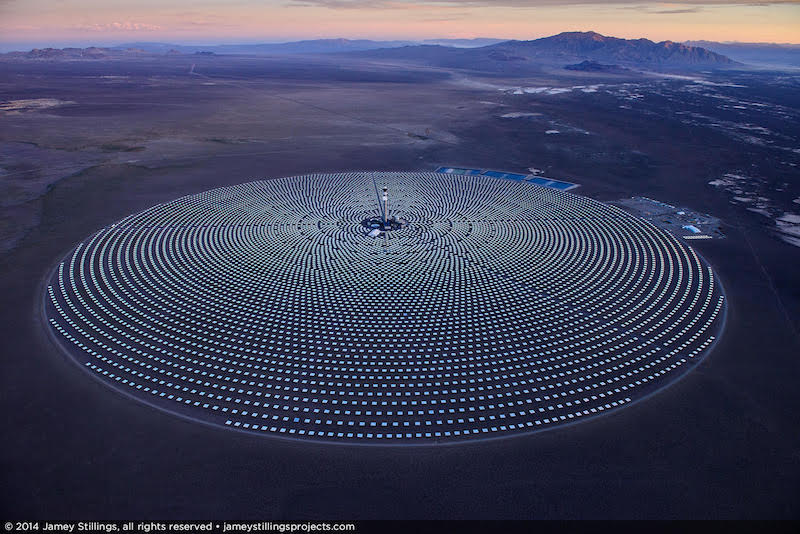
110 MW Crescent Dunes, tower CSP with 10 hours of storage, operational 2015-2019, and since 2021
Latest CSP in Development
Sandia Gen-3 Particle-based CSP
Research by the DOE has resulted in funding to try a new kind of CSP, with particle based heat storage instead of molten salts based – that is seen as a gamechanger, and is the topic of a great deal of international research, with the DLR in Germany advancing a “cement mixer” approach in the CentRec particle receiver, and Sandia in the US, advancing the falling particle receiver.
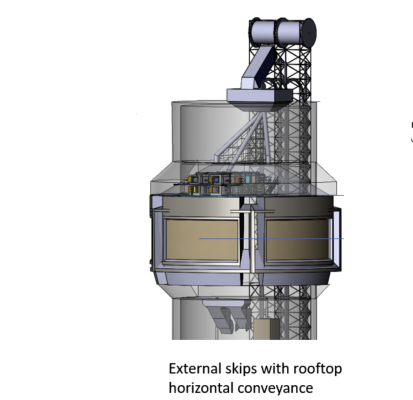
Total CSP in Operation in the USA:
Between 2013 and 2015, five utility-scale CSP projects came online:1.3 GW
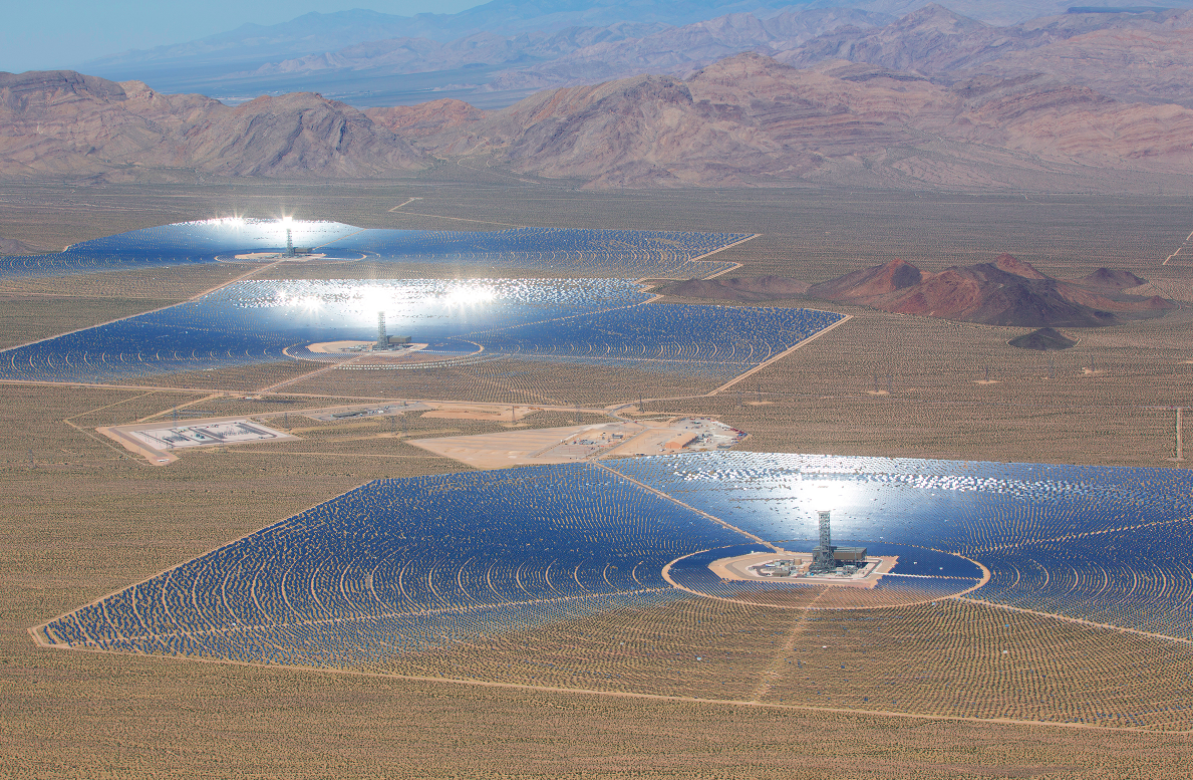
Ivanpah, 377 MW, BrightSource, tower CSP, California, 2014. Ivanpah was both the first full scale commercial tower CSP, and also the last CSP project built anywhere without thermal energy storage. Developed by BrightSource, the successor to Luz, that had pioneered CSP, used a water-based heat transfer system and thus it had no ability to store energy thermally to enable responsiveness to intermittency. Globally all major CSP projects since Ivanpah have included thermal energy storage which is the key advantage of CSP.
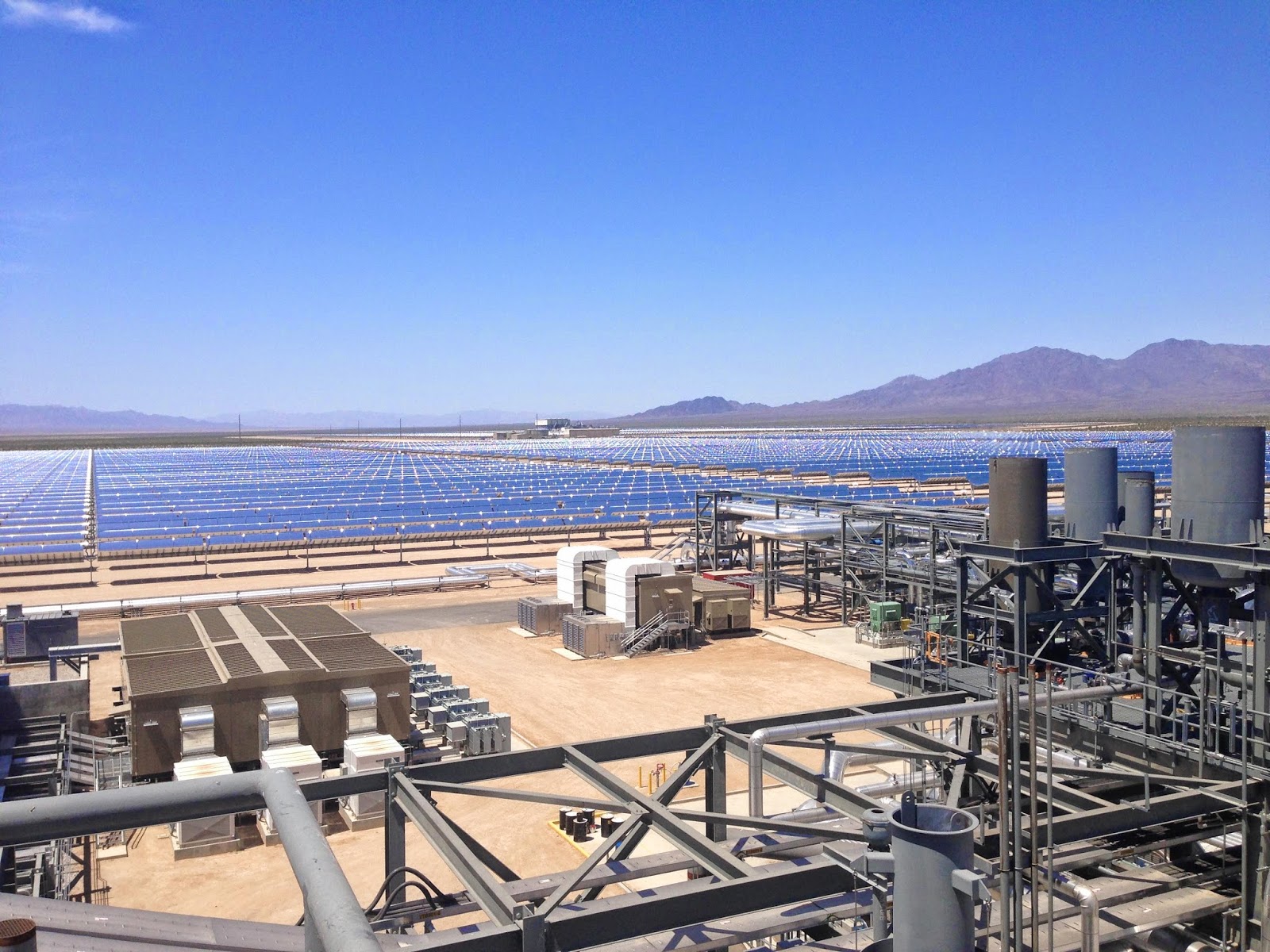
Genesis, 250 MW, NextEra, trough, California, 2013, no thermal storage.
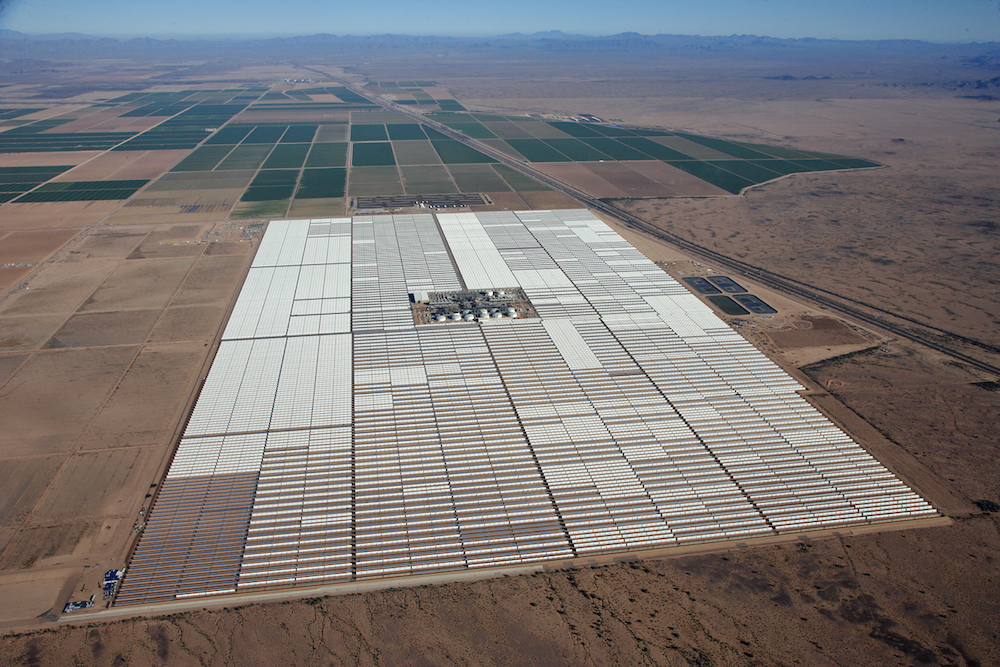 Solana, 280 MW, Abengoa, trough, Arizona, 2013, with thermal energy storage.
Solana, 280 MW, Abengoa, trough, Arizona, 2013, with thermal energy storage.
 Mojave, 250 MW, Abengoa, trough, California, completed in 2014, with no thermal energy storage
Mojave, 250 MW, Abengoa, trough, California, completed in 2014, with no thermal energy storage
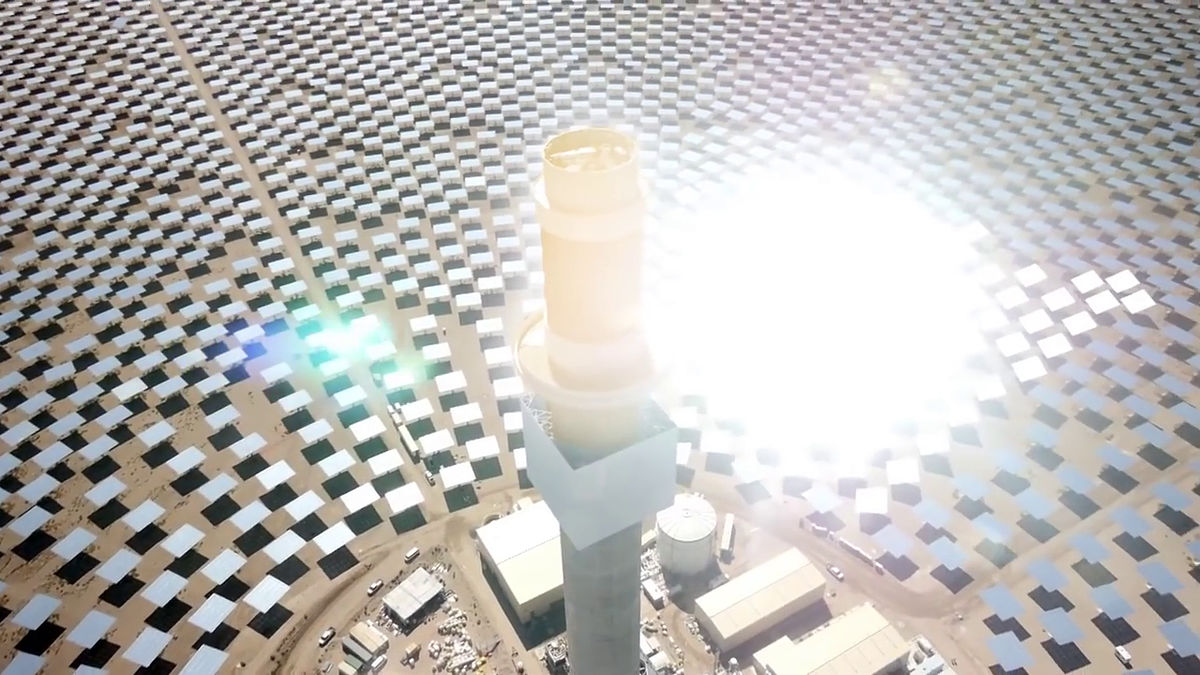 Crescent Dunes, 110 MW, SolarReserve, first full-size tower CSP with 10 hours of daily storage, Nevada, 2015
Crescent Dunes, 110 MW, SolarReserve, first full-size tower CSP with 10 hours of daily storage, Nevada, 2015
Additional CSP projects underwent development in response to supportive policy during the Obama administration, but ultimately failed to attract financing in time for their utility PPA milestones (e.g. SolarReserve’s Rice), or were the target of opposition (e.g. Abengoa’s Palen). Utilities in the US, tasked only with procuring the lowest-cost renewables, incentivized intermittent renewables like PV and wind without storage. About five potential CSP projects with storage were redeveloped as PV projects instead.
Earliest Online:
in 1984 SEGS I, the first 14 MW unit of the 354 MW SEGS trough CSP complex began operation.
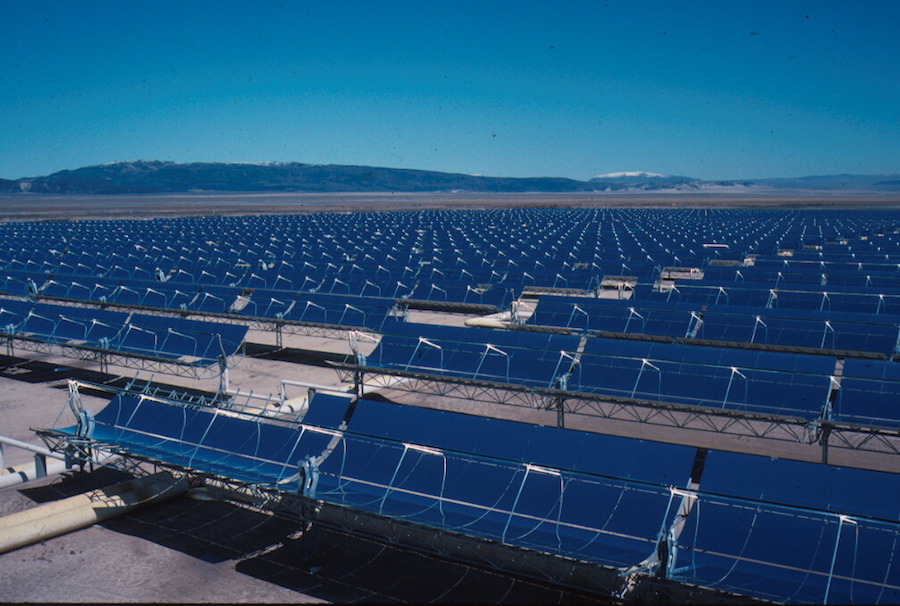
CSP Potential
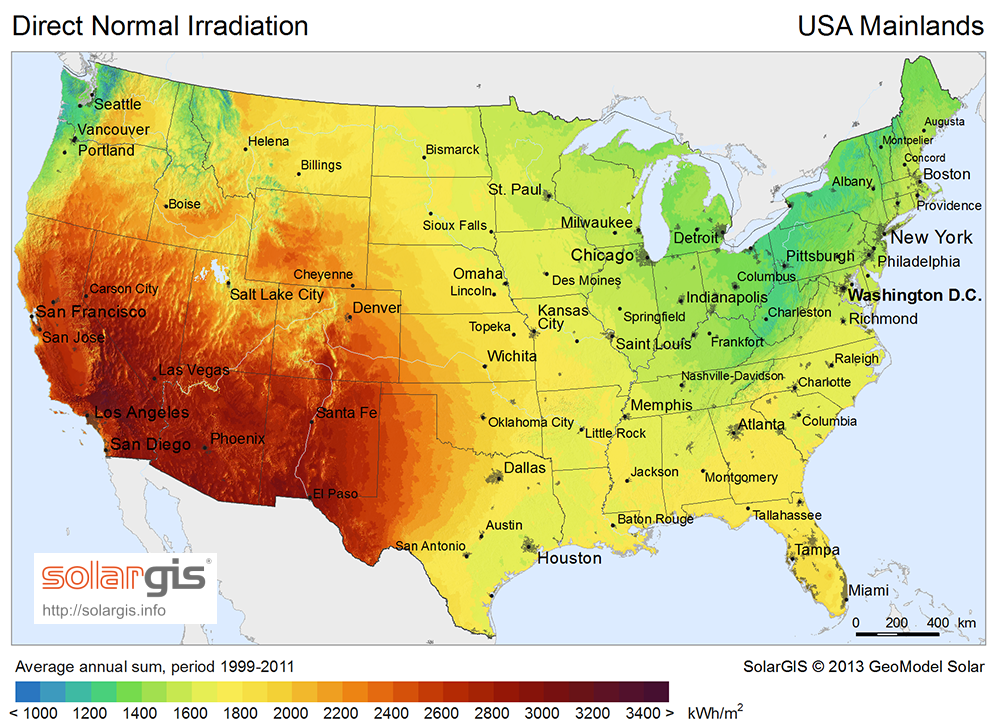
CSP Pioneering History
Between 1984 and 1991, Luz International Limited pioneered CSP; developing the world’s first commercial CSP plants in the Mojave Desert, California. The SEGS plants consist of nine solar power plants using parabolic trough technology with an aggregate capacity of 354 MW. These plants are still operating and the power produced is purchased by Southern California Edison (SCE) for about 6 cents per kWh.
|
Plant Name |
Location |
Operation |
Net Output (MWe) |
Solar Field Area (m2) |
|
SEGS I |
Daggett, CA |
1984 |
13.8 |
82,960 |
|
SEGS II |
Daggett, CA |
1985 |
30 |
190,338 |
|
SEGS III |
Kramer Junction, CA |
1986 |
30 |
230,300 |
|
SEGS IV |
Kramer Junction, CA |
1986 |
30 |
230,300 |
|
SEGS V |
Kramer Junction, CA |
1987 |
30 |
250,500 |
|
SEGS VI |
Kramer Junction, CA |
1988 |
30 |
188,000 |
|
SEGS VII |
Kramer_Junction,_CA |
1988 |
30 |
194,280 |
|
SEGS VIII |
Harper Lake, CA |
1989 |
80 |
464,340 |
|
SEGS IX |
Harper Lake, CA |
1990 |
80 |
483,960 |
Kimberlina, a 5 MW Fresnel plant in Bakersfield, California.
Holaniku, a 2 MW microCSP plant in Keahole Point, Hawaii.
Sierra Sun, a 5 MW water/steam multi-tower plant in Lancaster, California.














































